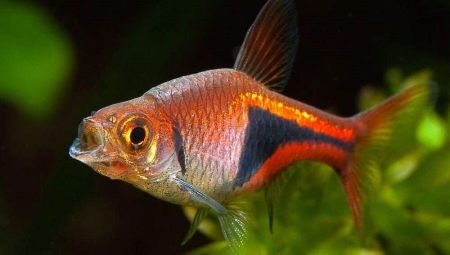Today in aquariums it has become possible to breed a large number of different species of fish. Among the decorative species that have long become popular inhabitants of closed reservoirs, cuneiform spotting deserves special attention, notable for its external attractiveness and unpretentiousness in content.
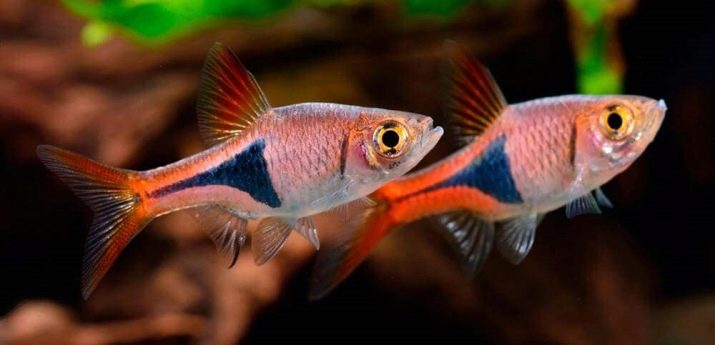
Description
The genus Trigonostigma is represented by an interesting species of fish that have several names. The cuneiform spotting, or heteromorph, is an inhabitant of water bodies, characterized by a special approach to the process of procreation. The female of this species is not prone to chaotic laying of eggs, but prefers to carefully attach her eggs to the leaves of underwater vegetation. Asian countries are considered the homeland of the analysis, namely: the territory of Thailand, Sumatra, the Java peninsula.
In appearance, the fish is distinguished by an elegant and slightly elongated body, which is slightly flattened on the sides. The lateral fins of representatives of this species are transparent, bifurcated with a small notch. The fish has a silver or golden color, however, in the natural environment there are individuals in which pink and even brown halftones appear in shades of scales. On the torso of the wedge-spotted rashes there is a characteristic spot of black color, by which, using visual examination, it is possible to determine the gender of the river inhabitant. As a rule, in males, a dark spot will contain sharp angles and extend along the entire abdomen of the individual, ending in the region of the anal fin. In female representatives, a dark blot on the body is not distinguished by sharp edges, and also along its length it does not reach the abdomen.The fins of the fish are raspberry only in the dorsal part, the rest are painted in a pale pink color.
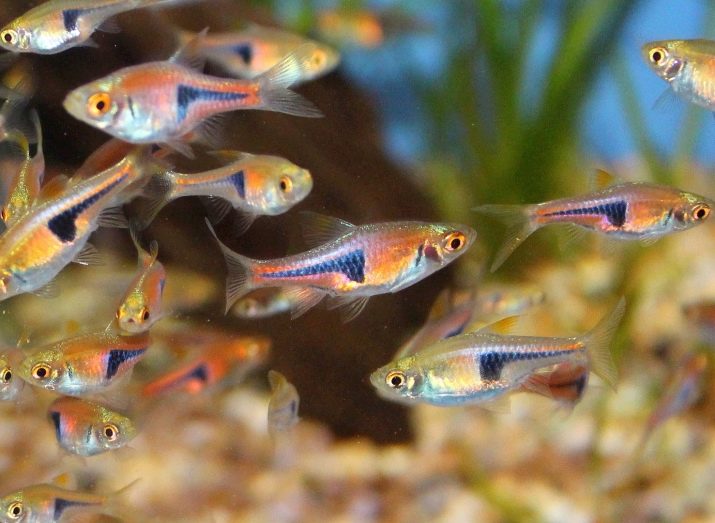
In the wild, parsing occurs in shallow rivers and streams that are scattered in dense tropical thickets. However, aquarists have been breeding this species for quite some time. Life expectancy of individuals varies within 2-4 years. According to the habitat principle, the heteromorph is considered to be schooling fish, and in the group of river inhabitants there are about 5-7 individuals of different sexes. The fish will require a similar content in an aquarium. Parsing is an active and mobile fish, and in relation to other inhabitants it does not stand out with aggression.
These tropical aquarium inhabitants are quite prone to various diseases. But more often than not, a fish becomes ill as a result of errors regarding its content. Briefly consider these diseases.
- Colds. Representatives of this genus are sensitive to lowering water temperatures, a critical mark for them will be indicators below + 21C. It is possible to determine that the analysis of the patient is possible by its behavior - the fish become lethargic, appetite decreases, the body changes color to dark, and the gill sinuses swell and increase in size. To combat the disease, it is necessary to establish aeration in the aquarium, as well as raise the water temperature to + 28C.
- Fungal rot. Such a disease has visual signs in the form of blue-white spots that will be concentrated on the fins. For treatment use baths of potassium permanganate and table salt.
- Velvet disease. The golden dust covering the body of the body will indicate that the individual is suffering from a serious infection that destroys its body. They treat the disease with antibiotics and increase the aeration level in the aquarium.
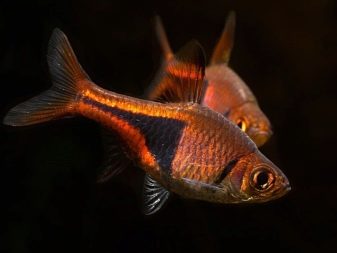
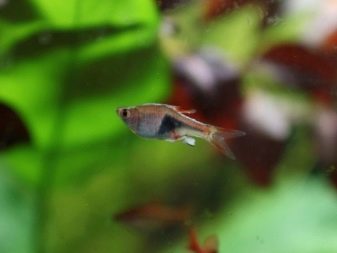
Today, there are several subspecies of heteromorphs that were bred as a result of artificial selection. Among them, the following are especially popular:
- Blue Harlequin, distinguished by a steel sheen in color;
- Black Harlequin - individuals of a dark color;
- Golden Harlequin, received this name due to the golden color of the abdomen.
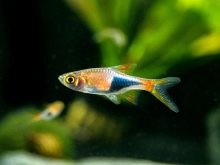
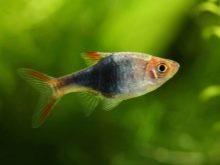
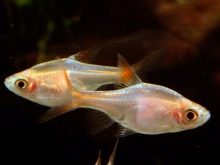
Content Rules
As for care, when keeping flocks in the aquarium, the analysis of wedge-shaped even for a beginner aquarist should not have problems with care. The main nuances regarding their cultivation are reduced to providing individuals with the following conditions.
- It will be more correct to contain such a view precisely in rectangular tanks, the displacement of which will not exceed 40-50 liters. This applies to flocks of up to 10 pieces. If there are more than 15 representatives of this species in the aquarium, then its volume should be at least 80 liters.
- In the wild, aquarium fish prefer soft water, so at home they will need to provide conditions that are close to natural. Thus, water hardness should be maintained at a level of 5-12 dGH, while the acidity of the water will be in the range from 6 to 7 pH units.
- As for the temperature of the water in the tank, a level of 25-28 degrees will be a comfortable indicator for analysis.
- A prerequisite for keeping fish will be a weekly replacement of at least a third of the water in the aquarium.
- Fine soil is a suitable primer for aquarium species, but pebbles or gravel without coarse particles can also be used. The material at the bottom of the aquarium also needs to be changed regularly. It is worth giving up the acquisition of raw materials dyed with artificial dyes, since the substances used can harm the inhabitants of the aquarium.
- Fish do not need intense and long-lasting lighting, so an 8-hour daylight with diffused light will be optimal for them.
- In order to make the analysis feel comfortable in the aquarium, it is recommended to grow aquarium species of ferns, moss, and hornwort in it. At the bottom, you can place stones and driftwood; floating plants are allowed.
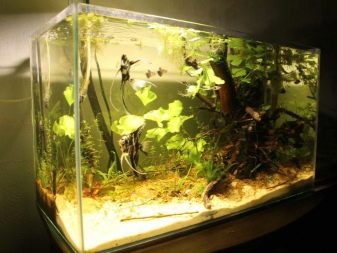
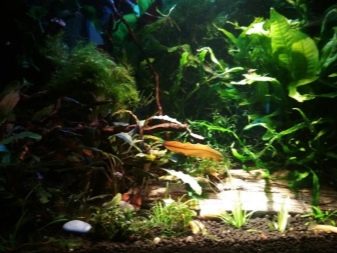
The presence of a filter in the tanks is mandatory.Thanks to such a device, it will be possible to ensure a calm flow inside, comfortable for fish.
In the wild nature of parsing, the cuneiform spot feeds only on those small insects that live closest to the pond. Usually these are larvae, zooplankton, microworms. As for keeping at home, the aquarist can purchase dry or live food of any kind to feed the fish.
Parsing is considered an omnivorous and unpretentious fish. However, an optimally balanced diet will still be important for her, so experienced aquarists recommend purchasing dry feed, daphnia, live cyclops. In addition, the parser perfectly uses low-fat varieties of cottage cheese or cheese, as well as steamed oatmeal.
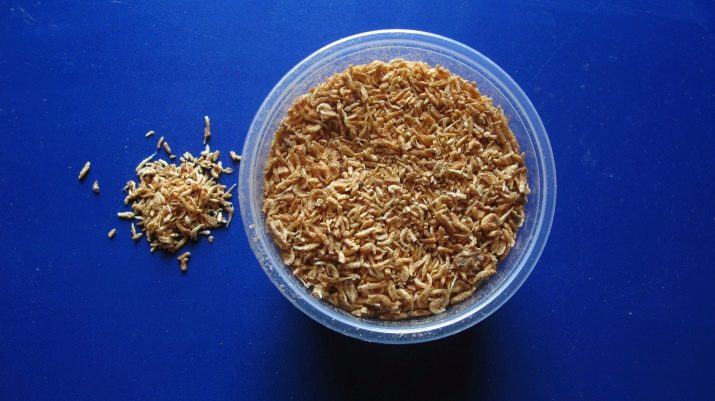
As a nutritional supplement, once a week they are recommended to give bloodworms or tubule. Feed the fish once a day.
Compatible with other fish
For the reason that parsing is distinguished by a favorable attitude to other representatives of the marine fauna, it coexists well with a large number of different fish. Among those recommended for joint content, it is worth highlighting:
- Neon
- barbs;
- cockerels;
- iris;
- catfish corridors.
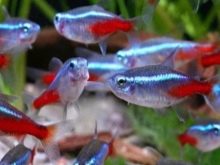
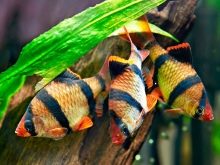
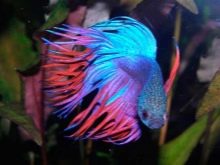
However, some fish species pose a threat precisely for parsing, so breeding them in one aquarium can lead to sad consequences. Dangerous "neighbors" include:
- astronotus;
- black pacu;
- Sklyar
- kissing gurus.
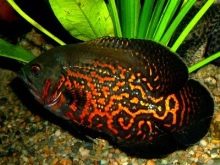
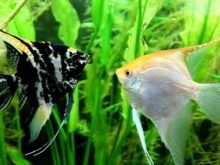
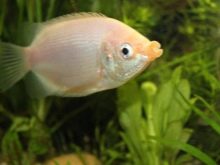
Particular care should be taken when selecting large fish for breeding with a heteromorph, which they will regard as prey.
Breeding recommendations
For those who have a desire to make heteromorph in their aquarium, caring for them and questions of obtaining offspring will not seem a burdensome task. There are some recommendations regarding breeding cuneiform spotting at home. Get acquainted with them.
- To continue the genus, it is necessary to choose representatives of the breed, whose age will vary within 9-12 months. It is desirable that males be older than females. This will increase the chances of having offspring.
- Selected individuals should be removed from the general pack in advance, having allocated separate reservoirs for 1-2 weeks. Females and males should be kept separately.
- Before spawning, fish should provide enhanced nutrition. Introduce Daphnia, bloodworms, Artemia with alternation into the diet. Such food is enriched with all the necessary macro- and microelements, which will contribute to good spawning, as well as high quality caviar.
- For spawning, it is necessary to choose a small capacity of up to 15 liters. The bottom of the tank deserves special attention. It should be covered with a separator mesh of nylon, where aquatic plants are strengthened. It will be most correct to use moss and small species of fern. Fish of this breed prefer to spawn in dense thickets due to the peculiarities of laying eggs. From 5 to 7 plant specimens can be temporarily placed in the tank.
- Before populating the fish, you should use a filter that will help enrich the liquid with oxygen. For the masonry to be successful, the water must be at a temperature not lower than 28 degrees.
- It is best to place a transparent glass lid at the top to prevent fish from jumping out of the aquarium.
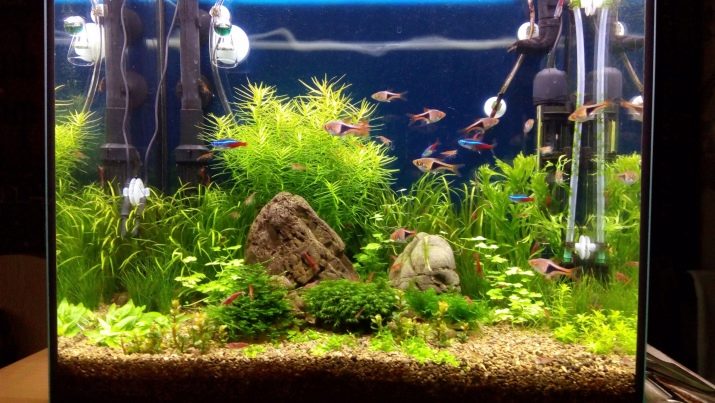
For spawning, a whole flock of individuals should be launched into the tank - up to 10 fish. Such manipulations are better to be transferred to the evening, since the laying of this breed usually takes place at 2-4 a.m., and lasts for 3 hours.
Female parsings usually toss about 5 dozen eggs. The process itself occurs with the active participation of males, which drive females closer to plants, where clutch and insemination takes place. Fish of this breed can suffer from spawning, so they must be sent for spawning even in cases where offspring are not planned in the future.
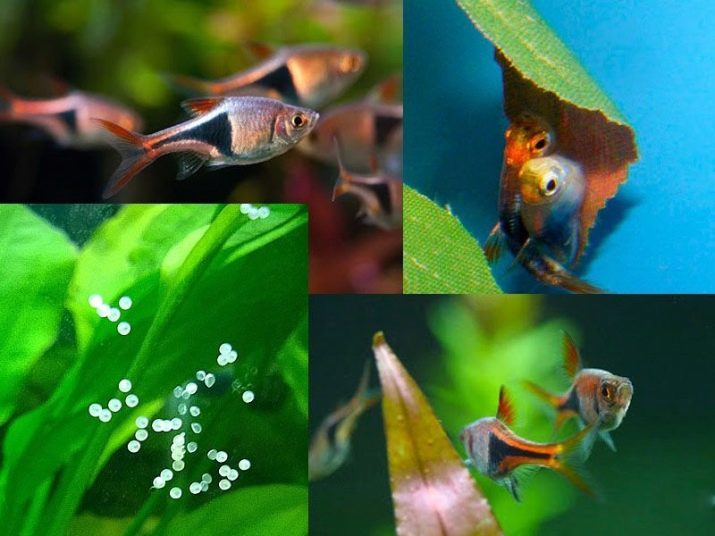
On the breeding, maintenance and feeding of the wedge-spotted breeds, see the next video.
